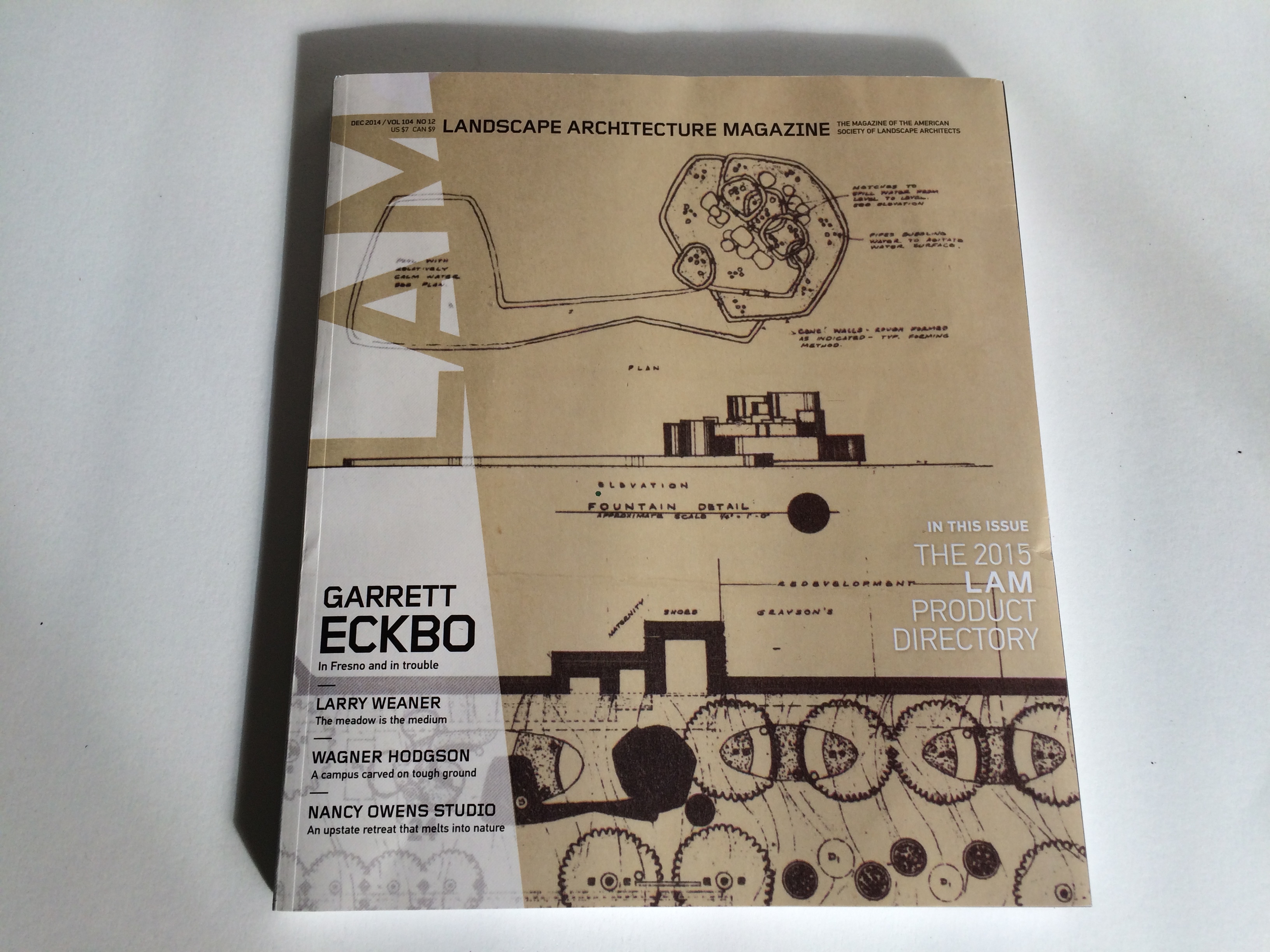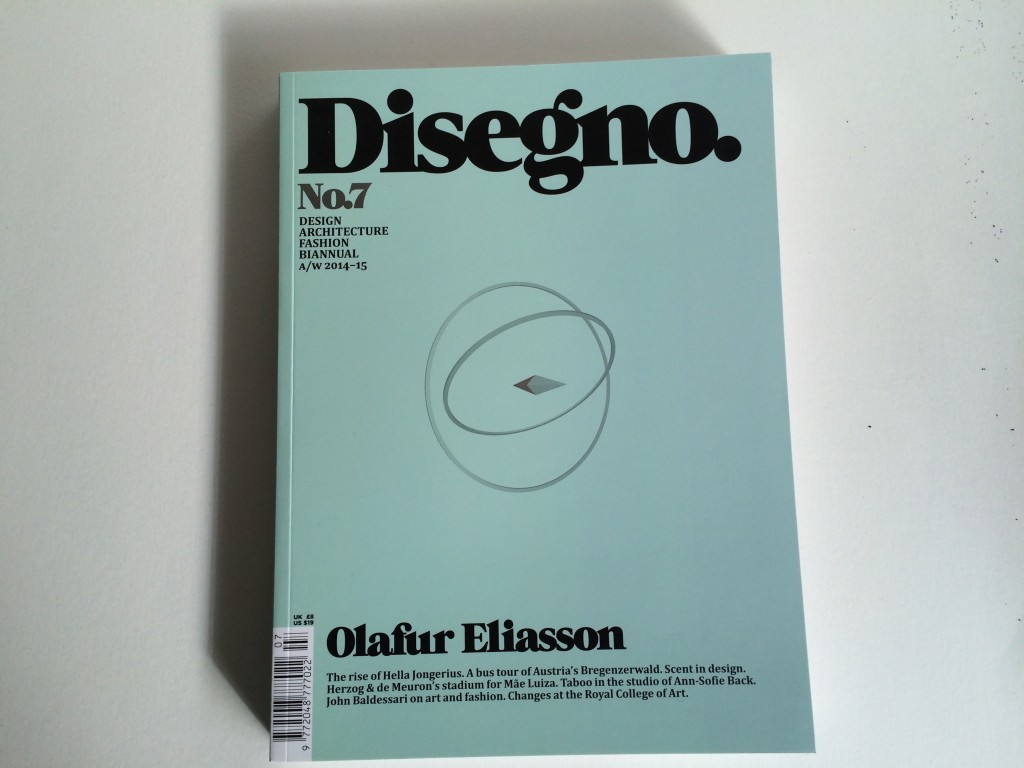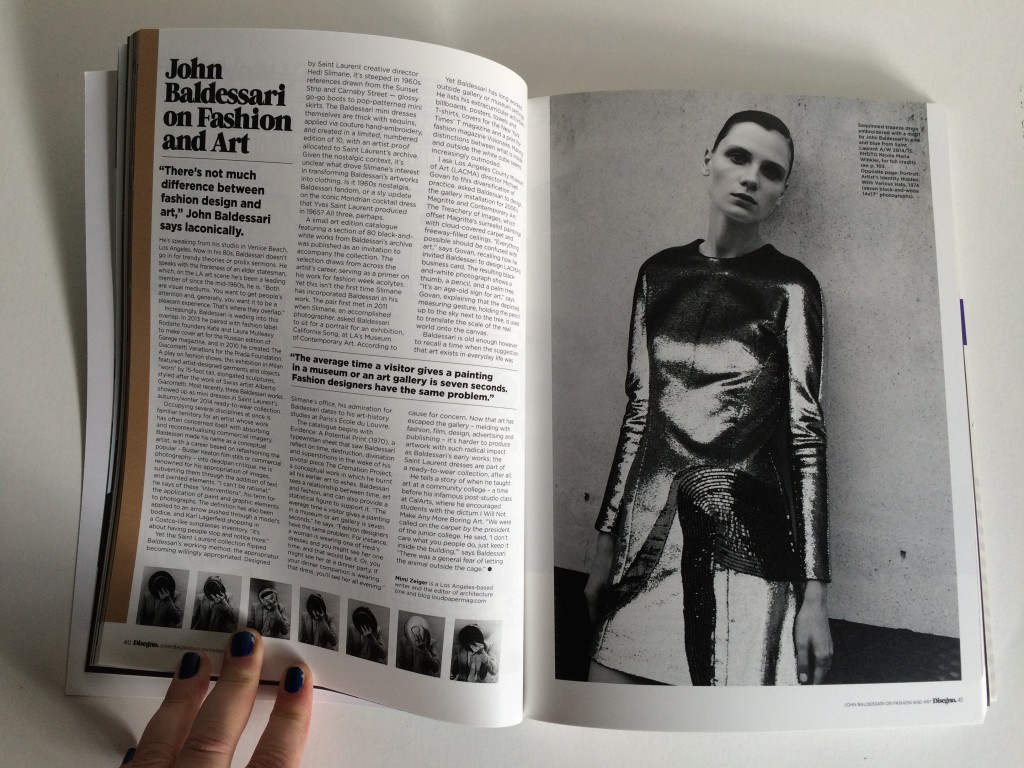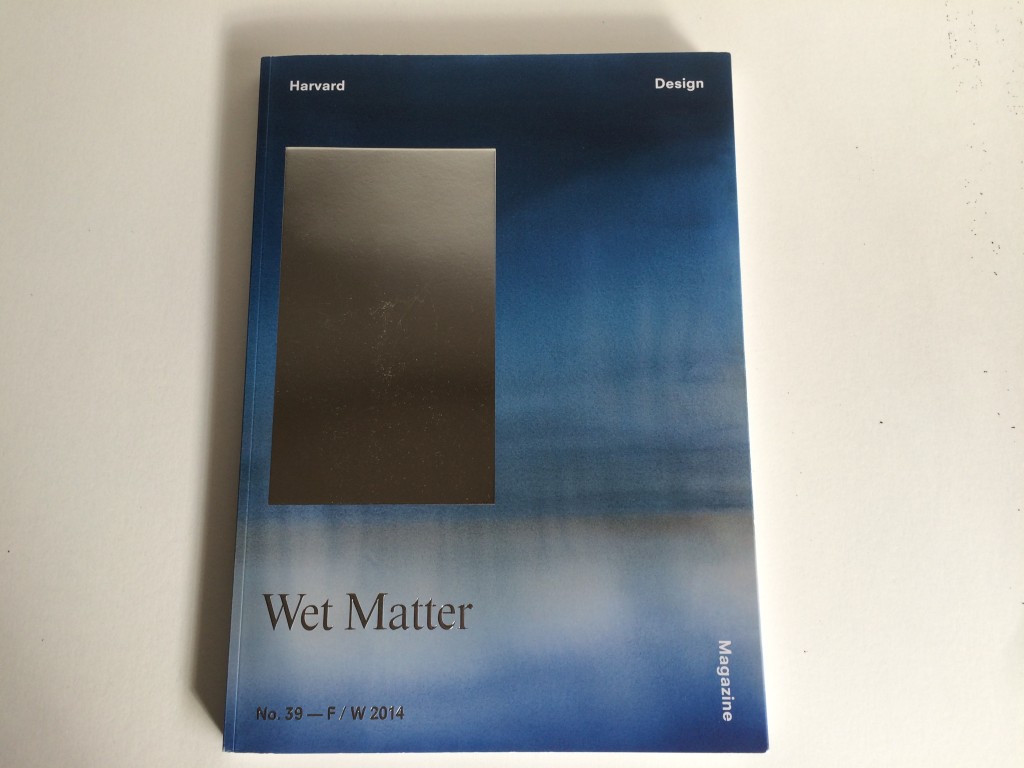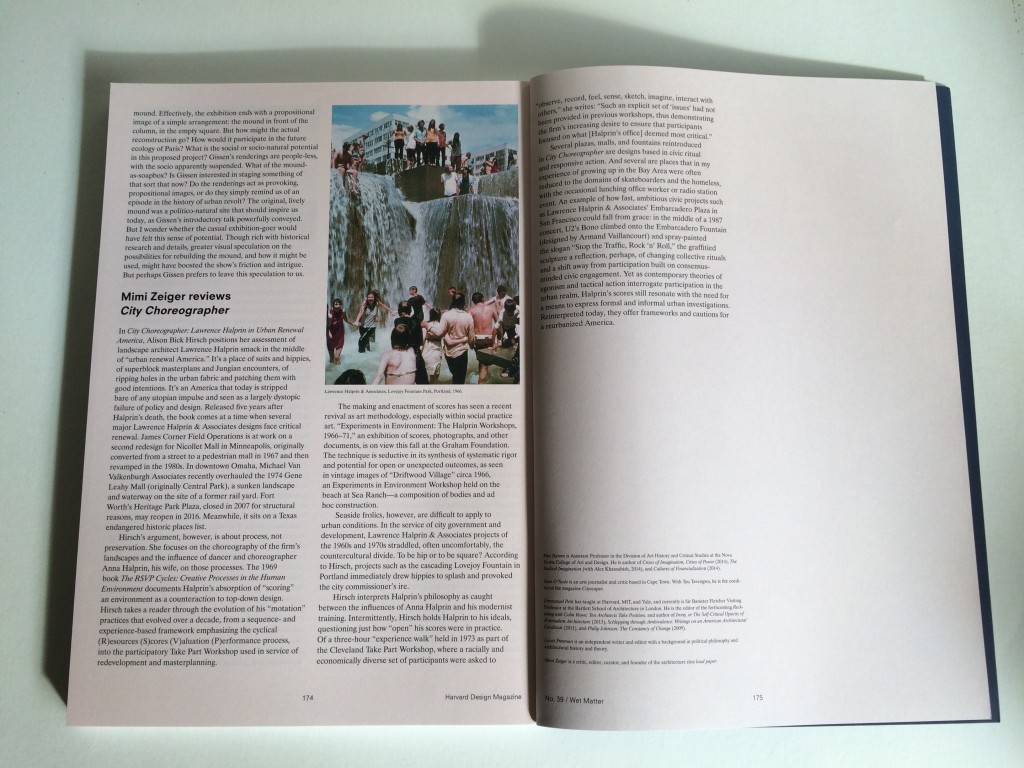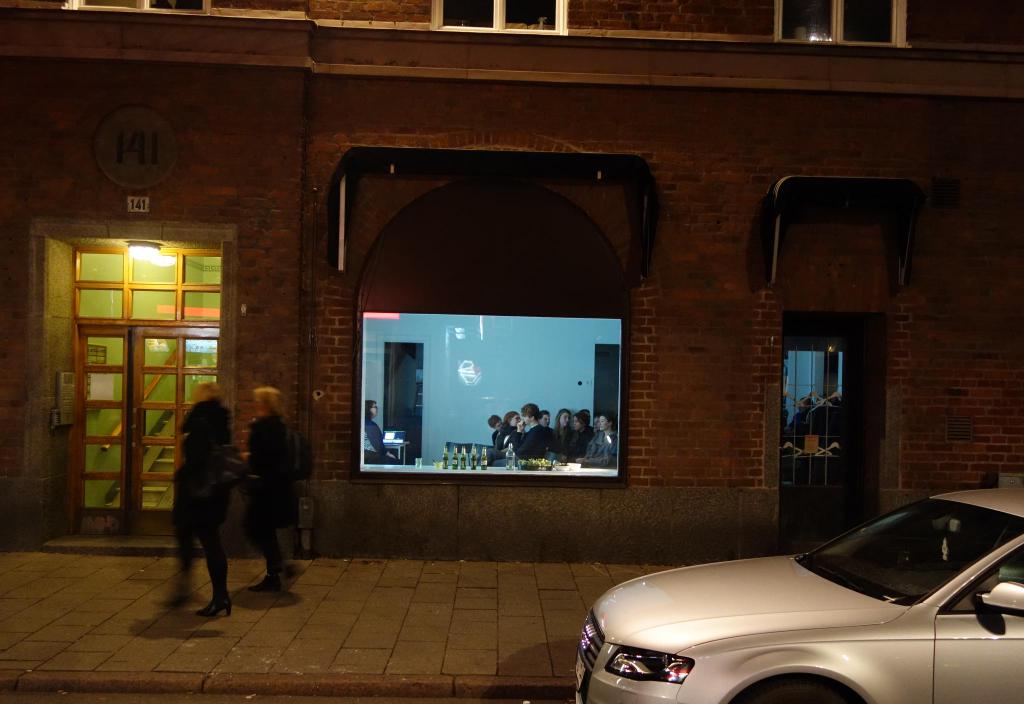In September, Rem Koolhaas stood in front of a bunch of mayors and experts convened in Brussels for the High Level Group meeting on Smart Cities and called them dumb. Not dumb as in stupid, per se, but as these proponents champion a positivist approach they are mute on the real challenges of contemporary cities and deaf to the role of the architect as a shaper of the urban realm.
In the edited transcript of the talk posted online at the European Commission on 3 November, Koolhaas starts out swinging. “I had a sinking feeling as I was listening to the talks by these prominent figures in the field of smart cities because the city used to be the domain of the architect, and now, frankly, they have made it their domain,” he begins, setting up his tweetable one-two punch. “This transfer of authority has been achieved in a clever way by calling their city smart — and by calling it smart, our city is condemned to being stupid.” Read More …
